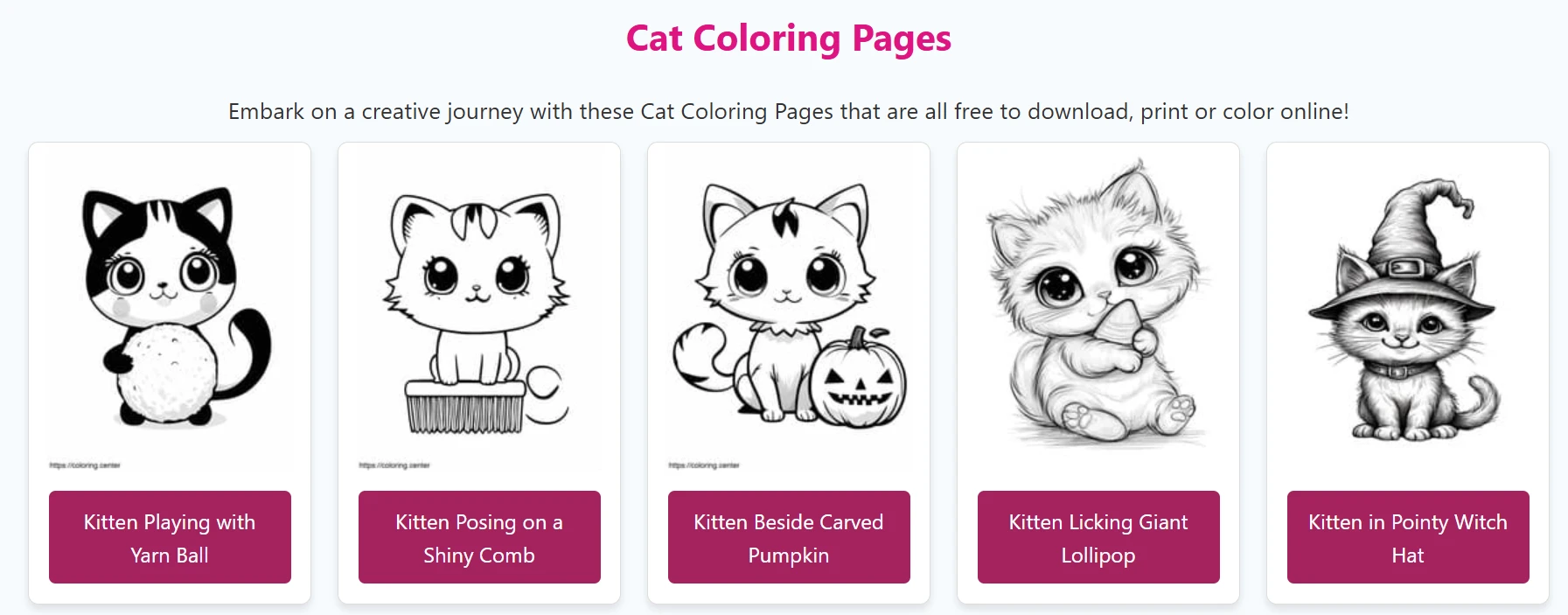Coloring is a timeless activity that transcends simple entertainment, offering children a creative outlet that supports their growth across multiple domains. From honing fine motor skills to fostering emotional resilience and cognitive abilities, coloring is a versatile and accessible tool for development. Websites such as coloring.center provide an extensive collection of free, printable coloring sheets, making it easy for parents, educators, and caregivers to engage children in this enriching activity tailored to their interests and developmental needs.
How Coloring Supports Child Development
Coloring has a profound impact on various aspects of a child’s development, providing benefits that extend beyond the page. The following list outlines some of its most significant contributions:
- Develops Fine Motor Skills: Gripping crayons, markers, or colored pencils and staying within lines strengthens hand muscles and improves coordination, laying the foundation for skills like writing, typing, and other precise tasks.
- Encourages Self-Expression: Through thoughtful color choices and unique designs, children can express their thoughts, feelings, and personalities, fostering emotional intelligence and self-awareness.
- Enhances Problem-Solving Skills: Deciding how to approach a complex image, choosing complementary colors, or planning patterns encourages critical thinking, decision-making, and strategic planning.
- Reduces Stress and Anxiety: Coloring is a calming, meditative activity that helps children relax, focus, and manage stress, serving as an effective form of mindfulness for young minds.
- Builds Confidence and Self-Esteem: Completing a coloring page, no matter how simple or intricate, gives children a sense of accomplishment, boosting their confidence and motivating them to take on new challenges.
- Introduces Educational Concepts: Coloring introduces children to early learning concepts like colors, shapes, numbers, and letters, making it a fun way to reinforce academic skills in a low-pressure setting.
With resources like coloring.center, caregivers can access a wide variety of coloring pages that cater to different interests, ensuring children remain engaged while reaping these developmental benefits. The platform’s diverse offerings make it easy to find designs that align with a child’s passions, from dinosaurs to fairy tales.

Integrating Coloring into Learning Environments
Coloring can be seamlessly integrated into educational settings to support both learning and emotional well-being. For younger children, simple designs from sources like Cat coloring pages for Toddlers are ideal for introducing basic concepts like shapes, colors, and animals while keeping the activity age-appropriate and engaging. Coloring also encourages collaboration when done in group settings, fostering social skills and teamwork. By making coloring a regular part of a child’s routine, parents and educators can nurture creativity, focus, and emotional resilience, laying a strong foundation for future learning and personal growth.
